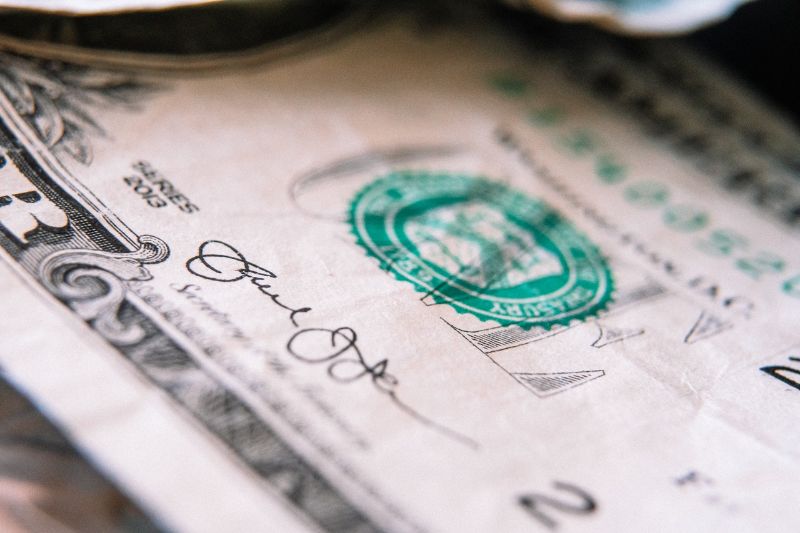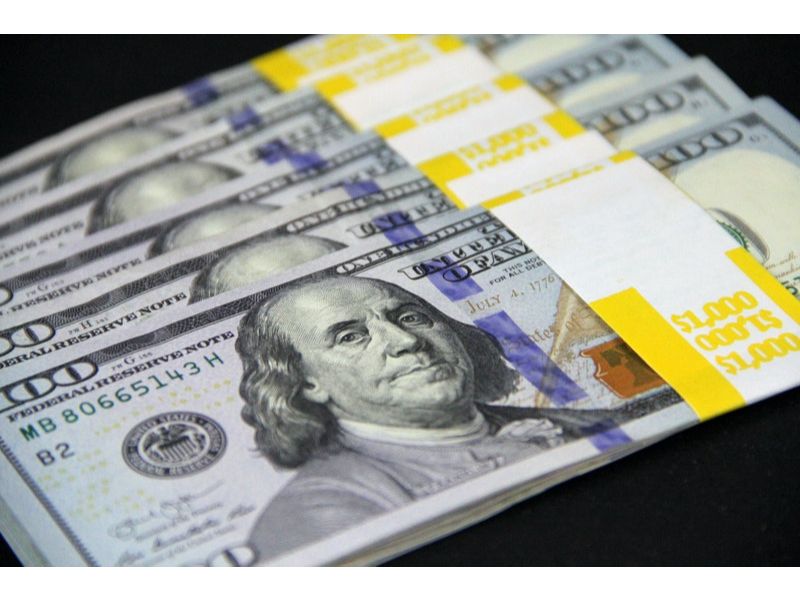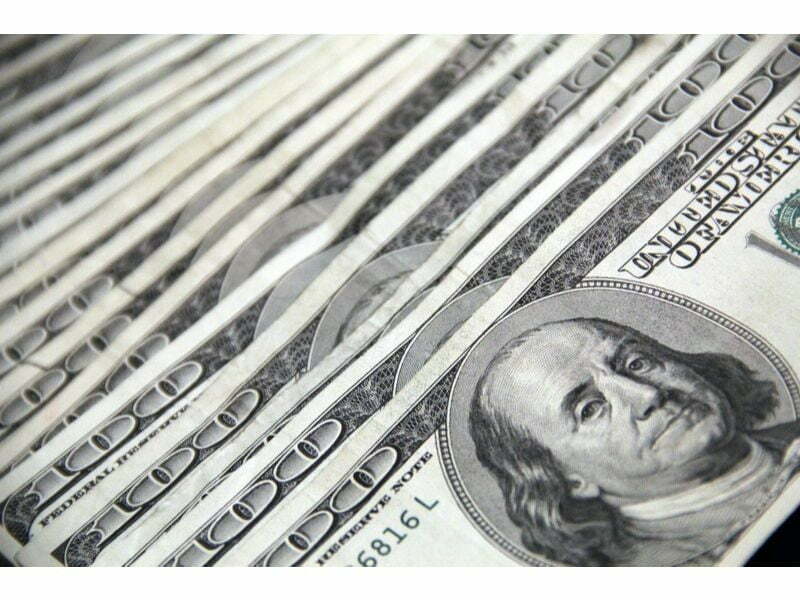For example, if you are an eligible student, the Australian government will cover your education fees under the HECS-HELP scheme.
The loan is paid directly to your educational institution by the Australian government.
When your income exceeds a particular level ($46,620 for the 2020-21 financial year), loan repayments are made through the Australian tax system. Regardless of income, voluntary repayments can be made at any time.
A HECS-HELP debt is incurred for any University course you have specified to receive HELP assistance for soon following the elected ‘census’ date.
Am I eligible for HECS-HELP?
- be a long-term resident of New Zealand with a New Zealand Special Category Visa; or
- by the census date (or earlier administrative deadline), submit a valid Request for Commonwealth Support and HECS-HELP form to your university.
When do I need to start repaying my HECS-HELP loan?
Once your Repayment Income (RI) exceeds the minimum payback threshold for compulsory repayment, you can begin repaying your HECS-HELP debt. Once your taxable income reaches a particular amount, that is.
For 2020-21, the minimal RI level for making a loan repayment is $46,620. If your income exceeds this level, your income tax assessment will include a mandatory repayment of at least 1% of your income. As your income rises, so does the percentage.
How to check your HECS-HELP debt balance
- On the myGov website, you can check your HECS-HELP balance. You’ll need to link your account with the ATO so that they have all of your information. You can check your balance online from here.
How to repay you HECS-HELP debt though the taxation system
Make sure you tell your new boss you have a HELP debt when you start a new job. This is accomplished by checking a box on the TAX DECLARATION FORM before beginning work.
Based on your yearly RI, your employer will withhold additional tax from each pay to satisfy your estimated HECS-HELP debt burden. This reimbursement should be covered by the additional tax withheld by your employer.
NOTE: Your employer only withholds the additional tax on the income you get from them. Other sources of income, such as second or previous jobs or investments, will not be taken into account, therefore you may have to make a top-up payment after filing your tax return.
You can make voluntary debt repayments to the ATO at any time using BPAY or a credit card. For further information on how to make repayments and when to do so, contact the ATO or your local H&R Block office.
Keeping receipts and claiming deductions for everything you’re entitled to will help you lower your RI and lessen the amount of money you have to pay back each year. To get the most out of your return, preserve all of your work-related receipts and seek guidance on what you can claim. Take a look at our website.
Is it worth paying off HECS debt?
- You may have other objectives early in your work, such as traveling or saving for a car or home loan deposit.
- A vehicle loan, credit card, buy now pay later (BNPL), personal loan, home loan, or any other debt typically has higher interest rates and grows faster than a student loan. As a result, if you have other debts, you should prioritize paying them off first.
- Paying off any higher-interest loans as soon as possible may also help your credit score. Keep in mind that if you apply for a loan or mortgage, a bank will normally take into account any HECS or HELP debt you may have – this could reduce the loan amount you are granted.
How long does it take to pay of HECS debt?
If I had a $1 for every time I heard the refrain, “HECS is practically an interest-free loan, why would I pay it off voluntarily?” I’d be a very wealthy woman indeed. And, while your HECS debt does not accrue a large interest bill like a credit card, vehicle loan, or even a home loan, it is still accruing interest!
How does HECS work?
Having knowledgeable, educated, and well-informed workers is in Australia’s best interests. That is why we have HECS (now HELP), a government-backed deferred ‘loan.’
If you’ve graduated, you’ll undoubtedly notice that a portion of your pay is withheld and applied toward repayment of your HECS loan each pay period.
The amount you must repay each pay period is established by the government and is proportional to your earnings.
If you earn more than $100,520 per year, the maximum tax you must pay is 8% of your income every year.
Should I make additional payments?
Making additional contributions to your HECS debt on top of what is now deducted from your wages is unlikely to be a wise option if you have other kinds of debt that are accruing interest (e.g. credit card debt, a personal or auto loan, or even a mortgage). This is because the interest rate on these loans is generally much higher than your HECS interest rate, which is now 2.1 percent for the 2015 year (ATO). As a result, you should concentrate your efforts on repaying such loans.
If you have no other debt and have extra resources or the ability to save, on the other hand, you’ll likely profit from making additional repayments to pay it off much faster than if you just made your mandatory repayments.
Why would it benefit me?
Assume you have a yearly income of $65,000. You owe $12,000 in HECS debt.
As an additional ‘tax,’ your employer should deduct 4.5 percent of your pay (at current 2015-16 rates), or $2,925 per year, to go toward your HECS debt.
At this rate, you’ll be able to pay off your HECS in at least four years.
Let’s imagine you’re an excellent saver who has $10,000 in your bank account and continues to save $100 every week from your paycheck. Depending on how knowledgeable you are with your bank account, you could earn 3% return on your savings over the course of the year. Over the course of a year, you’d earn a little more than $380 in interest. Isn’t that good? Pretty good, except the taxman will deduct his portion of the tax from this (not so) hard-earned income; around $130, leaving you with only $250 in interest to strengthen the coffers! Meanwhile, at the 2015 indexation rate of 2.1 percent, your HECS debt has accrued $252 in interest. So you’re practically even; you added $250 to your bank account, but your HECS debt increased by the same amount.
Instead, suppose you utilized your $10,000 in savings to make a voluntary HECS loan repayment before December 31, 2015. By doing so, you avoid paying the 3% interest rate on your bank savings (because it’s no longer there), but you do get a ‘extra’ 5% repayment on your HECS debt. As a result, a $10,000 investment reduces your HECS by $10,500. A $500 bonus? Please, yes! You would have needed two years to earn $500 in interest on your savings account!
The original $12,000 HECS debt is now reduced to $1,500.
If you continue to save $100 per week and use it to pay off your HECS each time you save $500*, you’ll be debt-free by Christmas!
You can notify your employer that your HECS repayments are no longer required to be deducted from your wages once your HECS is entirely repaid.
This implies that instead of going towards your HECS, an extra $2,925 should be in your bank account each year.
If you put this extra money into your savings account in addition to your regular $100 per week, you’ll have your $10,000 savings account balance back in 18 months and be HECS debt-free.
*To be eligible for the 5% ‘bonus,’ you must make an additional voluntary payback of $500 or more.
Do student loans go away after 7 years?
After seven years, student loans are not forgiven. After seven years, there is no program for loan remission or cancellation. If you fail on your student loan debt after more than 7.5 years without making a payment, the debt and missed payments can be deleted off your credit report. Your credit score may improve as a result of this, which is a good thing. However, you will be liable for repaying your loans.
Do student loans get forgiven after 25 years?
Income-based repayment is similar to income-contingent repayment in that it is based on your income. The monthly payments are both capped at a percentage of your discretionary income, albeit the percentages and definitions of discretionary income differ. Monthly payments under income-based repayment are capped at 15% of your monthly discretionary income, which is the difference between your adjusted gross income (AGI) and 150 percent of the federal poverty threshold for your family size and state of residence. There is no monthly payment minimum. Unlike income-contingent repayment, which is exclusively available through the Direct Loan program, income-based repayment is available through both the Direct Loan and the federally insured student loan programs, with no need for loan consolidation.
The adjusted gross income from the previous tax year is used to calculate income-based repayment. In some cases, the revenue data from the previous year may not accurately reflect your current financial situation. For example, you may have a smaller income this year as a result of a job loss or a wage drop. In this case, you can request an adjustment to your monthly payment by filling out an alternative documentation of income form.
The loan can be repaid over a period of up to 25 years. Any leftover debt will be forgiven after 25 years (forgiven). Because the amount of debt released is classified as taxable income under present law, you will have to pay income taxes on the amount discharged that year 25 years from now. However, for those who want to work in government, the savings can be enormous. The net present value of the tax you will have to pay is little because you will be paying it for a long time.
After ten years of full-time public service employment, a new public service loan forgiveness scheme will forgive the remaining debt. Due to a 2008 IRS judgement, the 10-year forgiveness is tax-free, unlike the 25-year forgiveness. To be eligible for this benefit, the borrower must have completed 120 payments through the Direct Loan program.
The IBR scheme gives a limited subsidized interest benefit in addition to discharging the remaining debt after 25 years (10 years for public service). For the first three years of income-based repayment, the government pays or waives unpaid interest (the difference between your monthly payment and the interest that accrued) on subsidized Stafford loans if your payments don’t cover the interest that accrues.
The IBR program is appropriate for students who want to work in government and debtors who have a lot of debt and a low income. It also helps to have a large family. Borrowers with a temporary income shortfall may be better suited applying for an economic hardship deferral.
The monthly payment under IBR will be zero if the borrower’s income is near or below 150 percent of the poverty level. In effect, IBR will act as an economic hardship deferment for the first three years and then as a forbearance after that.
The prospect of a 25-year payback period may scare students who are not interested in public service jobs. It is, nevertheless, worth serious thought, particularly for students choosing an extended or graduated payback plan. For many low-income borrowers, IBR will likely provide the lowest monthly payment, and it is undoubtedly a viable option to defaulting on the loans.
Because the monthly payment and financial benefits vary depending on the borrower’s family size and income trajectory, it’s preferable to utilize a specialized calculator to assess the benefits on an individual basis.
Because of the requirement to make assumptions about future income and inflation rises, calculating the cost of a loan in the IBR program can be complicated. Finaid offers an Income-Based Repayment Calculator that allows you to compare the IBR program to conventional and extended repayment options. You may evaluate the prices in a variety of scenarios, including starting with a lower pay and then switching to a job with a greater compensation.
The Health Care and Education Reconciliation Act of 2010 reduces the monthly payment under the IBR by a third, from 15% to 10% of discretionary income, and shortens the loan forgiveness period from 25 to 20 years. It is, however, only applicable to new borrowers who take out new loans on or after July 1, 2014. Borrowers with federal loans taken out before that date are not eligible for the new income-based repayment plan. In the new IBR scheme, public service loan forgiveness is still accessible.
Borrowers who qualify for the improved income-based repayment plan can use a special 10% version of the income-based repayment plan calculator.
Borrowers who do not qualify for income-based repayment may choose to seek delay, forbearance, or extended payback for their federal loans if they are experiencing financial hardship. The Department of Education has provided information on Forbearance for students, parents, and all borrowers due to difficulties relating to the Coronovirus. Private student loans have fewer options for debt relief.
How much HECS should I be paying?
Any outstanding HECS-HELP, FEE-HELP, VET FEE-HELP, OS-HELP, SA-HELP, and VET Student Loans (before to 1 July 2019) debts are included in your HELP debt.
VET Student Loans debt was separated from HELP debt on July 1, 2019. Students enrolled in a VSL program after that date will owe a VSL debt.
Once you earn enough to meet the mandatory payback threshold, you repay your HELP debt through the tax system. Each year, the mandatory payback threshold varies.
At any moment, you can make a voluntary payment to the Australian Taxation Office (ATO).
Why is my HECS debt increasing?
HELP debts are not subject to interest. On June 1st of each year, however, indexation is applied to your loan. Indexation is a method of revising your debt’s real worth to keep it in line with increases in the cost of living. HELP debts aren’t indexed until they’ve been outstanding for 11 months.
What is HECS fees at university?
The Hawke Labor Government began progressively reintroducing university tuition in 1989. Professor Murray Wells proposed the Higher Education Contributions Scheme (HECS), which was later developed by Bruce Chapman, an economist and lecturer at the Australian National University, and championed by Education Minister John Dawkins (see Dawkins Revolution). All university students were charged a $1,800 fee under the original HECS, with the Commonwealth covering the rest. When a student’s income exceeded a certain threshold level, the student might defer payment of the HECS amount (which was then referred to as a HECS debt) and repay the debt through the tax system. Colleges of Advanced Education entered the university sector in various ways as part of the reforms. The HECS system was adopted by both federal political parties and has remained in place to this day, albeit with some modifications.
Does HECS show on payslip?
“Why do I pay HECS in my tax return when my company withholds and pays it for me?” clients frequently question.
The simple answer is that your employer does not contribute to the repayment of your HECS-HELP debt. It doesn’t matter what’s on your pay stub!
It is nothing more than extra tax when your employer deducts extra tax from your wages to cover your HECS-HELP debt. It is not divided into tax, HECS-HELP, or any other type of tax. It’s also not deposited into a separate ATO account. The additional tax is simply deducted to ensure that you’re covered when it comes time to file your taxes.
Because it all depends on your taxable income, your actual HECS-HELP payback is computed in your tax return each year. The additional tax withheld from your wages normally covers both your regular tax on wage and salary earnings and your HECS-HELP repayment. In some cases, too much tax has been deducted, and you will be refunded the difference. On the other hand, it’s possible that not enough tax has been withheld. When your employer is unaware of your HECS-HELP debt, this can happen. It can also happen if you worked many jobs over the course of the fiscal year. When your return is assessed, you will be required to pay more tax.
Remember that factors like fringe benefits, super payments made through salary sacrifice, exempt overseas work income, and any investment losses, like as rental properties used to decrease your taxable income, all affect your HECS-HELP repayments. Yes, for HECS-HELP debt repayment reasons, the ATO regards it all as taxable income!
For 2016-17, the minimum payback income level for a HECS-HELP loan repayment is $54,869 (it was $54,126 in 2015-16). If your income for HECS-HELP purposes exceeds this amount, your tax assessment will calculate a mandatory repayment of at least 4%.
What happens if I never pay my student loans?
- You might be able to take advantage of federal student loan aid programs to help you pay off your debt before it defaults.
- If you don’t pay your student loan within 90 days, it’s considered late, and your credit score will suffer.
- After 270 days, the student loan is considered delinquent and may be turned over to a collection agency for collection.
What happens if you never pay off your student loans?
If you don’t pay your student loans, your credit score will suffer, you’ll have a tougher time getting new credit, and your lenders may even sue you. The short- and long-term implications of not paying your student loans can be devastating, so it’s critical to make timely payments or seek help if you’re having financial difficulties. If you’re about to default on a student loan, here’s what you should know.






